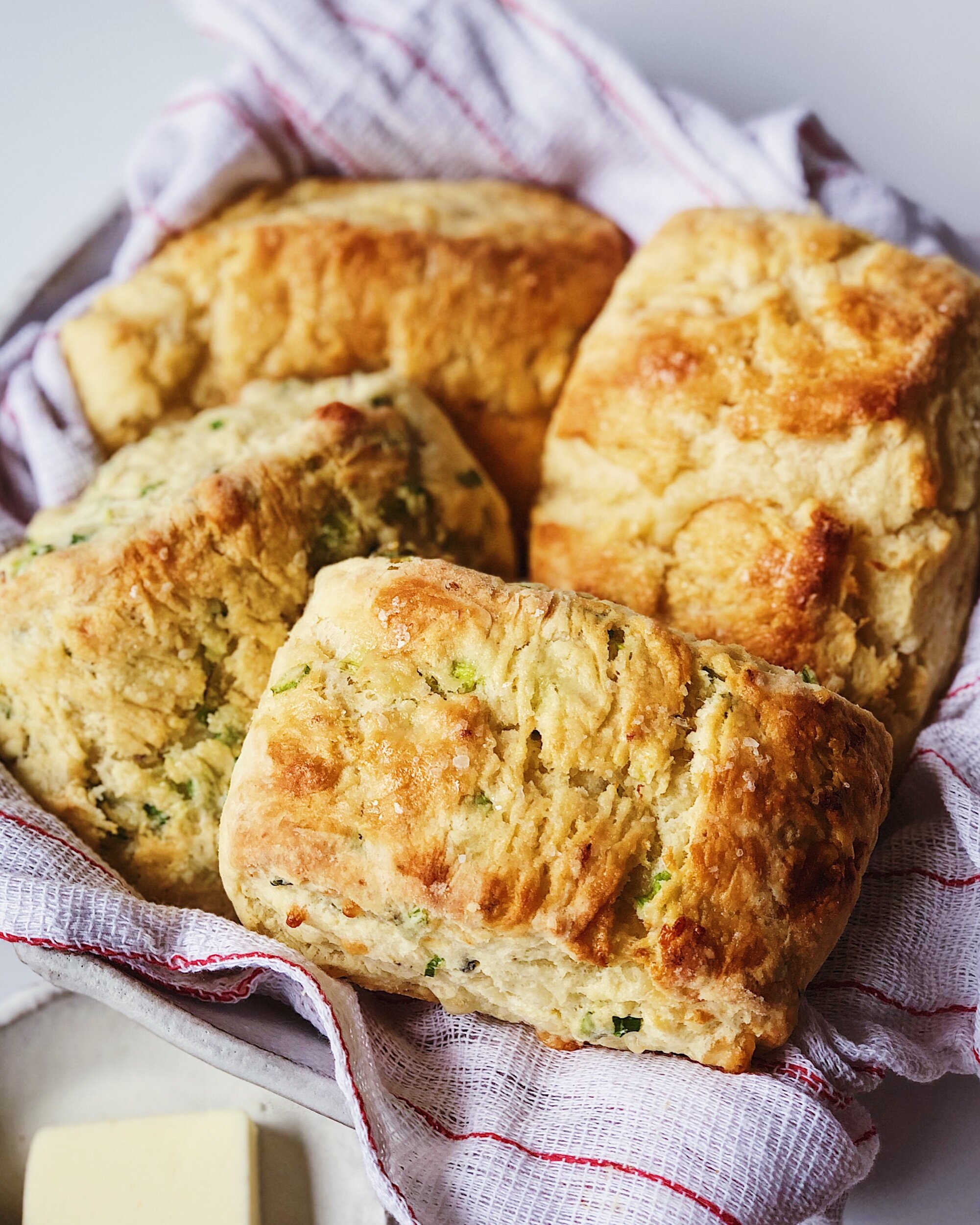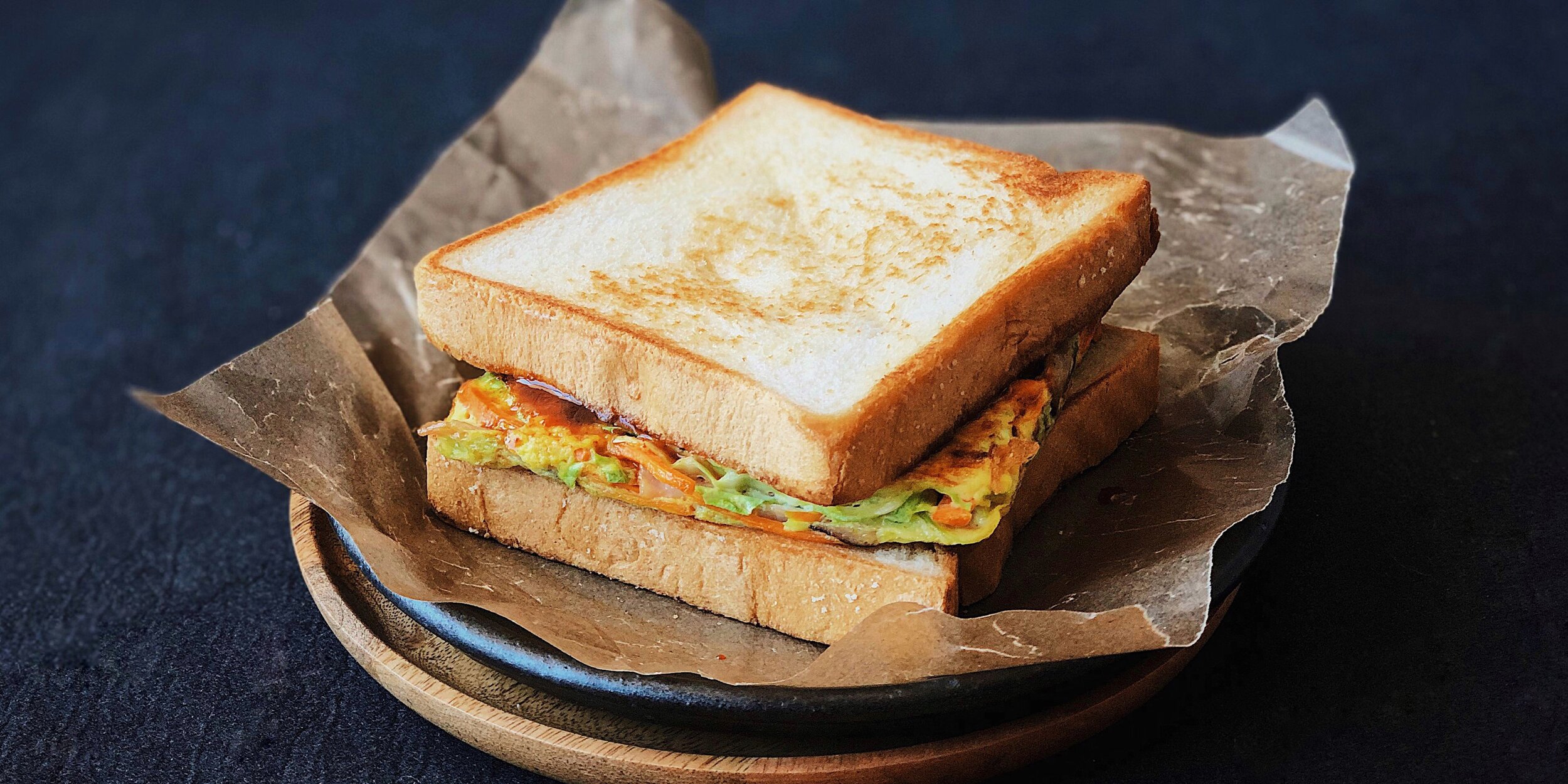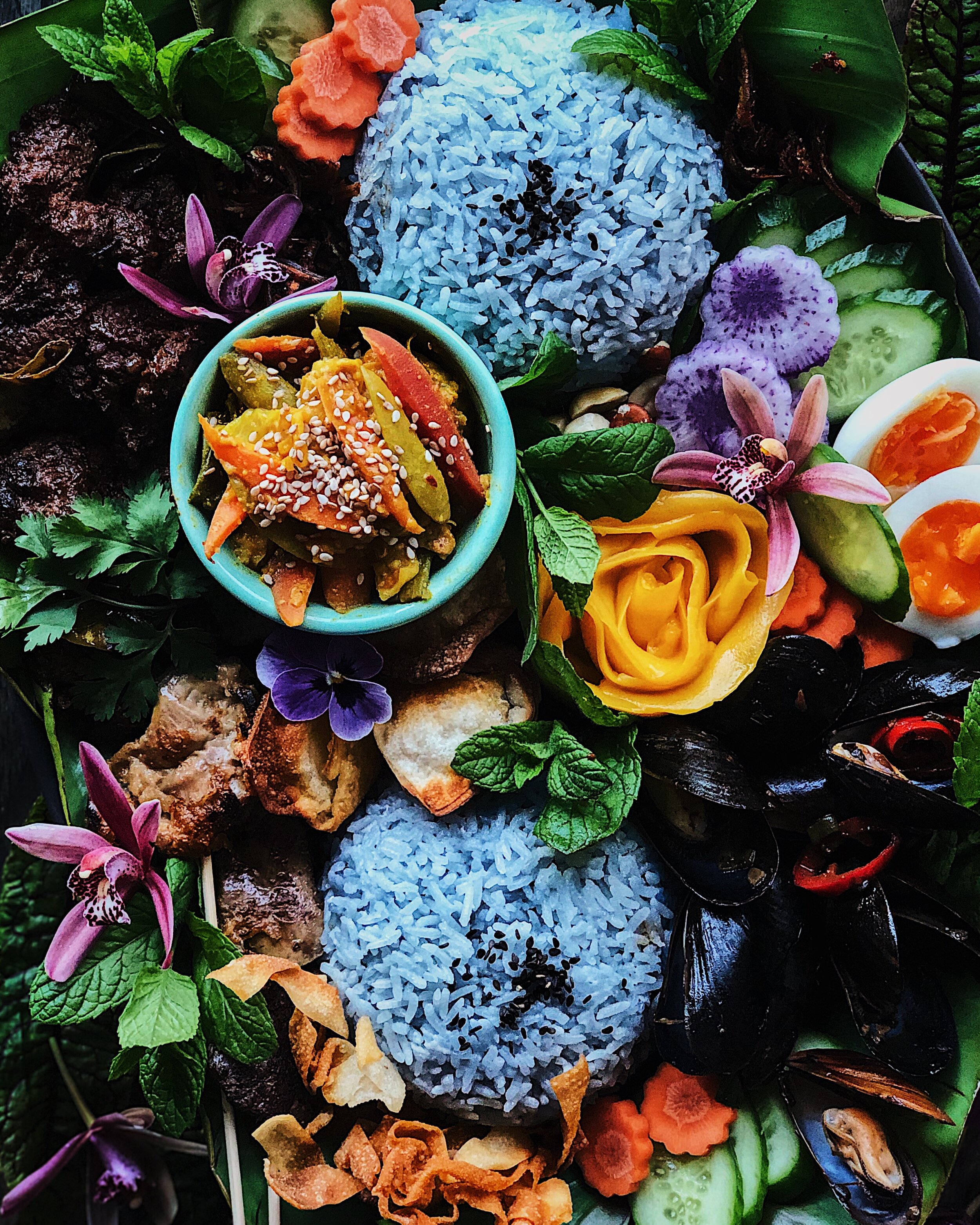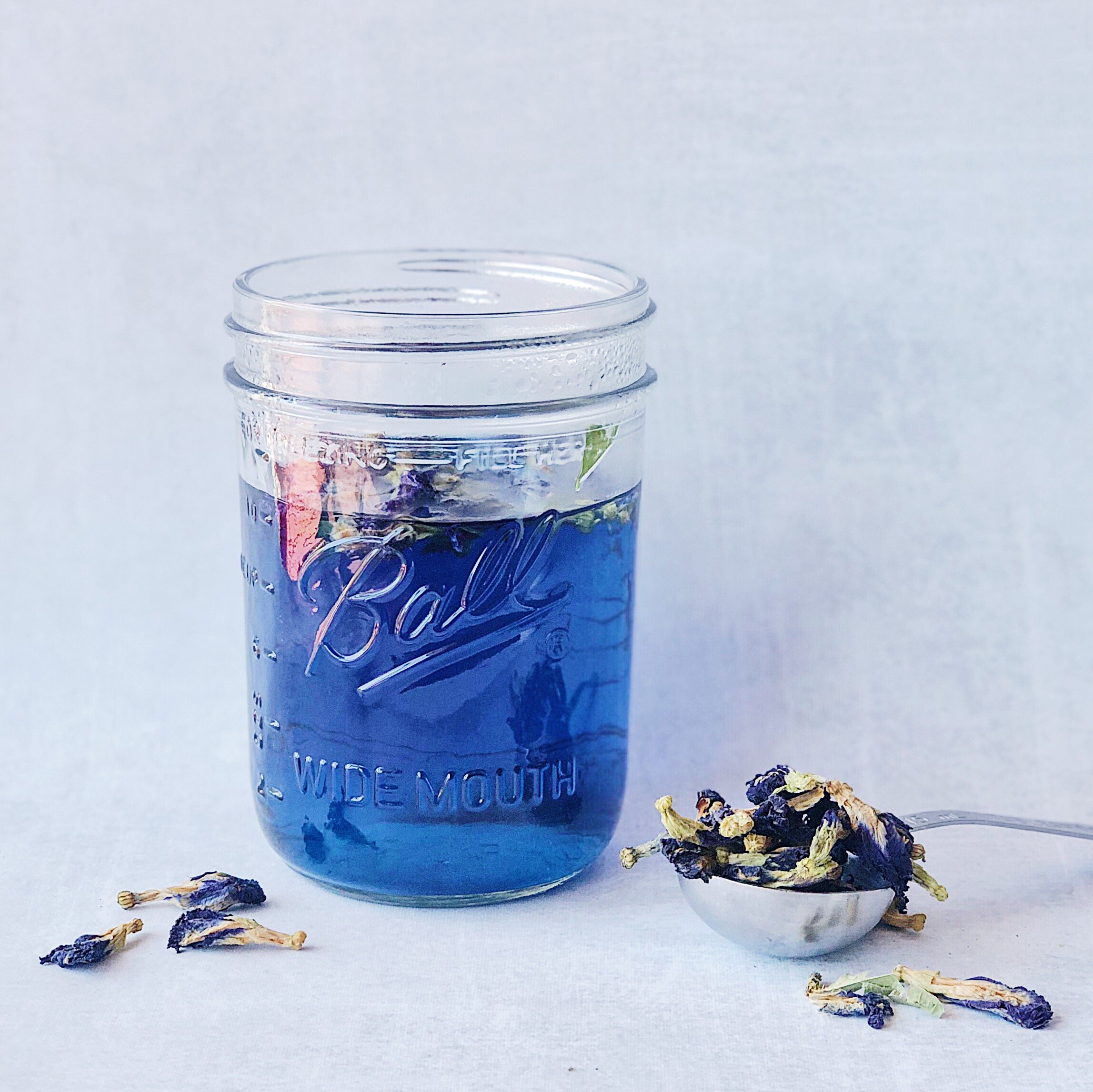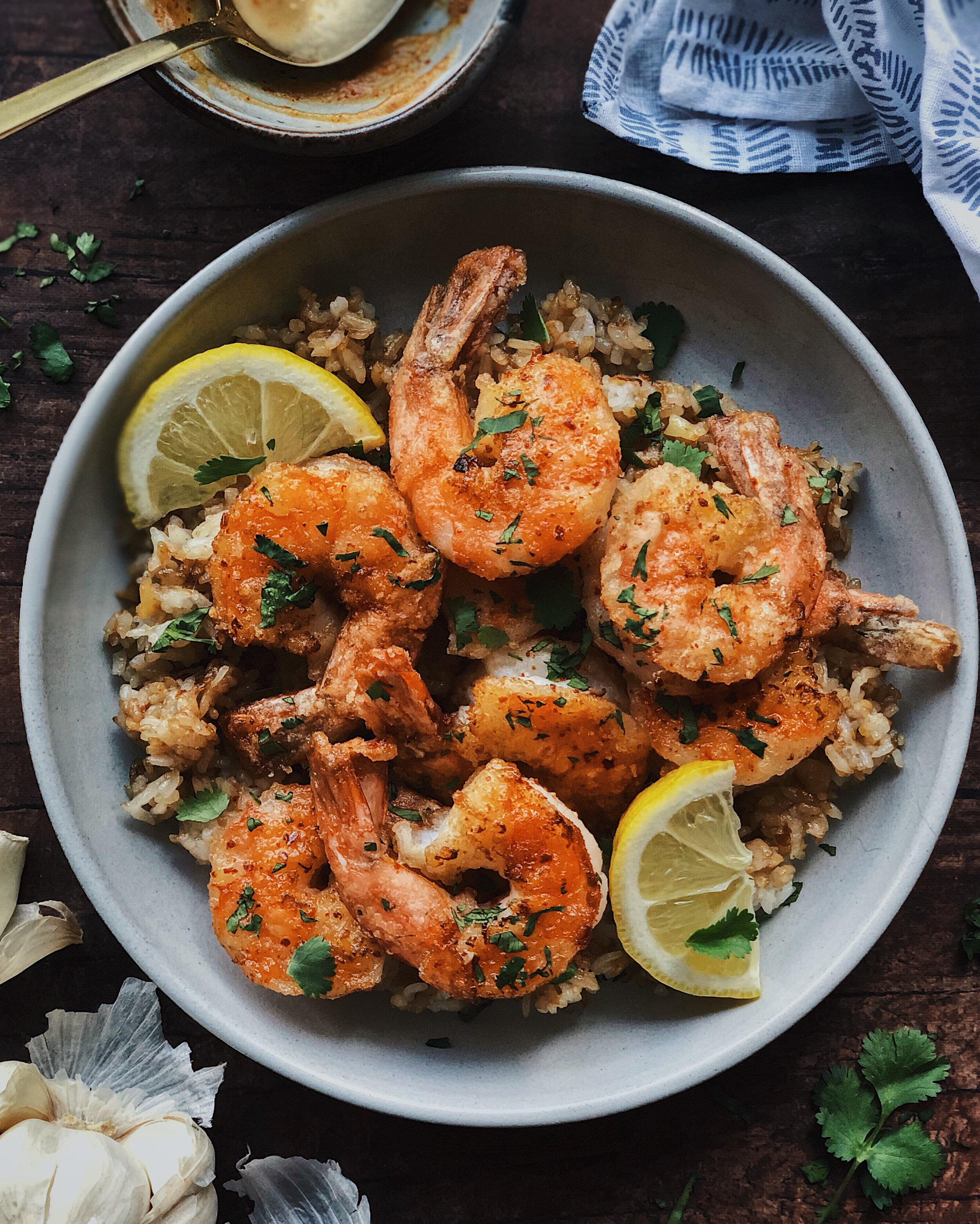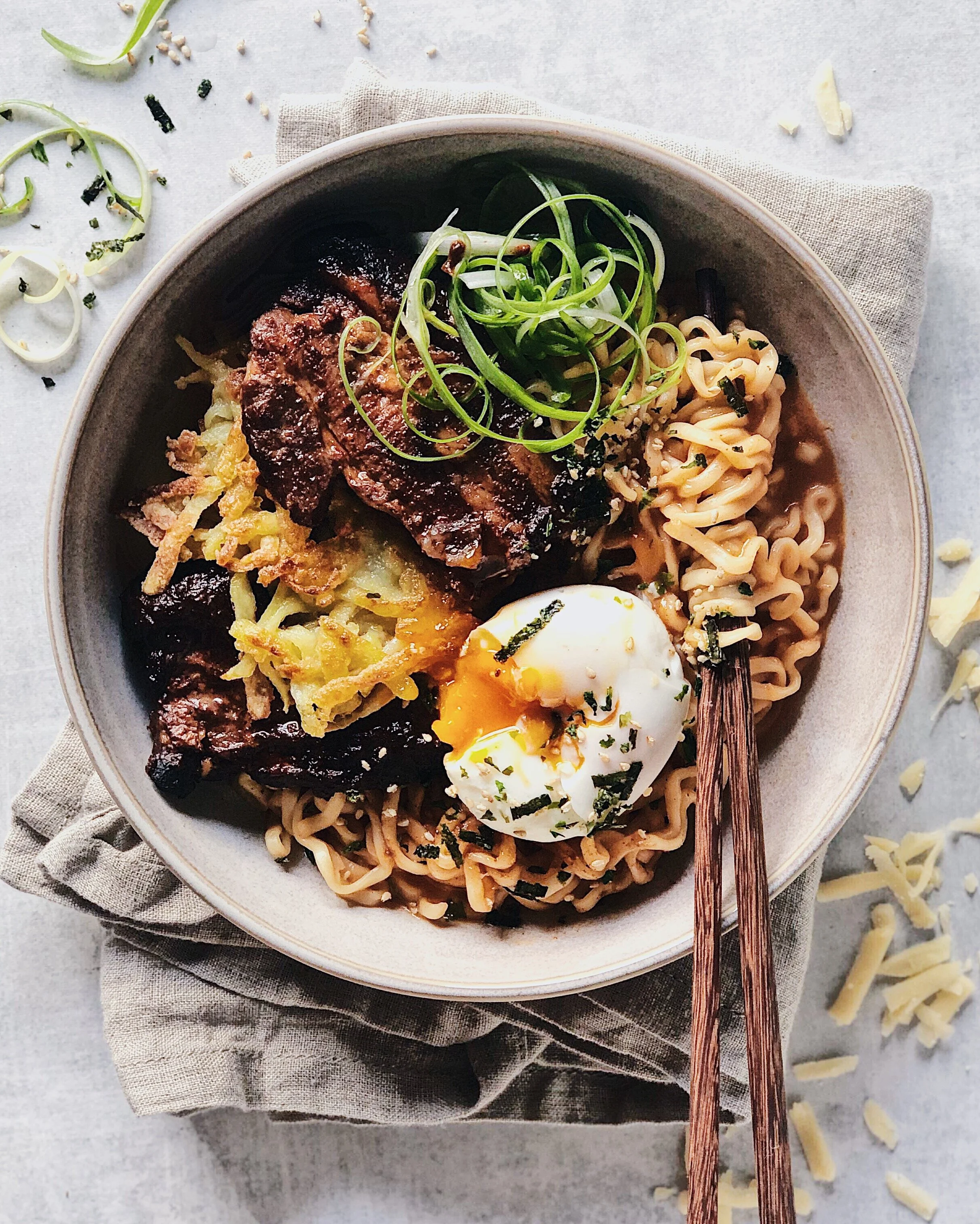Recipe: Biscuits Two Ways
/At my house, we are deeply divided between Team Sweet and Team Savory. My husband loves chocolate, pancakes, and PB & J; I love cheese, tater tots, and scrambled eggs. Fortunately, I am in charge of the cooking, so I get to feed us whatever I want, and my husband (the dish washer) is at the mercy of my charitable pancake breakfast and cookie baking every now and again.
But when I can, I try to adapt recipes into sweet and savory versions so we are both happy and get our cravings satisfied. If found that this is pretty doable when it comes to batter- and dough- based recipes, and usually causes only one extra dirty bowl at the most. For example, when I make a batch of waffles, I’ll follow a standard recipe for my husband that he can pour syrup and fruit over, and then part-way through cooking them I’ll add grated cheese and herbs into the bowl of batter to turn it savory.
I decided to experiment with this concept and turn a batch of biscuits into a sweet and savory version. I used BA’s Sour Cream and Onion biscuit recipe as a starting point for the ratios of the key ingredients, but my execution was pretty different (and IMO, easier). After making a base I split the dough into two portions: a sweet version with honey and a savory one with cheddar, scallions, and black pepper. These don’t have a huge rise because I intentionally made them big and flat for purposes of making breakfast sandwiches, but they could be made taller and smaller if you so choose.
I think these are best when they are fresh from the oven and just barely cool enough to tear open with my hands. So, I recommend only baking what you plan to eat right away, even if it’s just one of each, and freezing the rest. Freeze them on a parchment-lined tray first and then you can transfer them to a freezer bag. When ready to bake, pop them directly from the freezer to a parchment-lined tray and bake them for an extra 5–10 minutes.
How to Make Two Kinds of Biscuits in One Batch
Ingredients for base
2 1/2 cups all purpose flour, plus extra bench flour
1 3/4 tsp baking powder
1/2 tsp baking soda
2 tsp sugar
10 tbsp butter, plus extra for finish
1 1/4 cup plain Greek yogurt
kosher salt
Ingredients For Savory Biscuits
2 scallions, chopped
1/3 cup cheddar, grated
lots of freshly cracked black pepper
Ingredients For Sweet Biscuits
1 1/2 tbsp honey, plus extra for finish
Procedure
If you have the half-cup sticks of butter like I do, start by throwing at least one stick into the freezer; if working with a block, freeze all 10 tablespoons.
Stir up your Greek yogurt to be an even consistency. If it is super thick, add a teaspoon of water to thin it out.
Combine flour, baking powder, baking soda, sugar, and a pinch of salt and whisk together.
If you have a portion of butter that you did not freeze, cut that portion into tiny cubes, trying to keep it as cold as possible. Add that to the dry ingredients and use cold hands to smash into small crumbles. Then use a box grater to grate in the frozen butter, and once again use your hands to incorporate the butter with the dry ingredients into a crumbly-looking mixture.
Pour about 40–45% of the mixture into another bowl. (Just eyeball, it will be fine. I did this because the savory ingredients will add more volume and I wanted all the biscuits to be uniform in size. If this does not matter to you, just divide evenly.)
Make the savory biscuits: In a small bowl, combine scallions, cheese, and pepper and toss to combine. Add these to the smaller portion of dry ingredients and whisk together. Create a well in the center. Pour half of the yogurt in the well, then use a fork to slowly incorporate the flour mixture into the wet yogurt. Once all the yogurt is absorbed, use your hands to gather the dough together and fold it on itself a few times until it is a cohesive dough.
Make the sweet biscuits: Drizzle honey over the remaining flour and butter mixture. Then form a well in the center and repeat the same process of incorporating the remaining yogurt as before.
Preheat your oven to 425°F.
For each portion of dough, you will do three sets of letter folds to create layers in your biscuits. Dust your work surface with flour and do so throughout the process as needed to prevent sticking. Shape one portion of dough into a 9” x 3” rectangle, fold in a third from the right and then a third from the left (like you would fold a letter). Then rotate 90 degrees and repeat the shaping and folding. Rotate again then do the process one more time. Finally, rotate, shape, and cut your dough into 3 biscuits. Repeat this process with the other portion of dough.
Place biscuits on a parchment-lined baking tray. Optionally, spread a tiny bit of melted butter on top of the savory biscuits and top with a bit of coarse salt; and spread a small amount of extra honey on top of the sweet biscuits.
Bake for 17–20 minutes.















